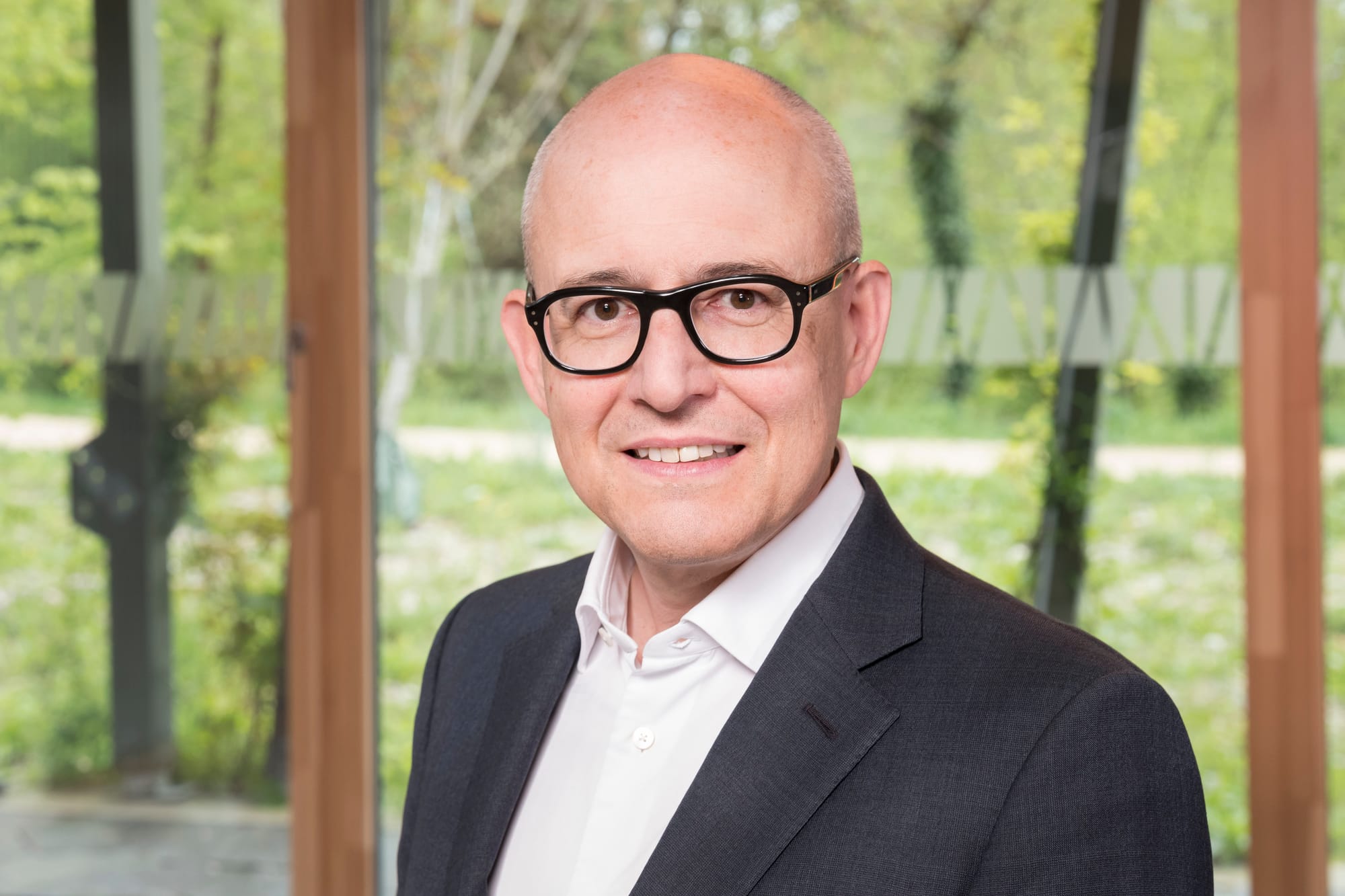Presented as a major lever of the climate transition, sustainable finance is going through a difficult period. The commitments announced by large financial institutions did not last long, weakened notably by counterproductive political and legal pressures. The setbacks and departures observed within the "Net-Zero Banking Alliance" (NZBA) illustrate this disarray.
Yet, in a context still marked by the climate emergency and energy challenges, how can a clear course be restored — a second wind — to sustainable finance? And what role could Switzerland play in this reconstruction?
This is already the fourth installment of our interview series devoted to sustainable finance with Sarah Perreard, co-director of Earth Action.
Overall the impression is that within large banks as well as publicly listed companies, the climate issue is clearly no longer a priority for shareholders. Do you share this analysis?
We do not entirely share that assessment. Certainly, some actors — notably in the United States — are moving away from ESG rhetoric under political pressure. But in Europe, the dynamic is evolving differently. The example of the Dutch pension fund PFZW is telling: it withdrew nearly €15 billion from BlackRock, and a comparable amount from Legal & General, due to a lack of alignment on climate issues and sustainable governance. This move illustrates a broader trend: more and more European investors are redirecting their capital toward managers aligned with their values, even if it means accepting higher costs.
For these investors, sustainability has become a strategic pillar, on the same level as financial return and risk management. At Earth Action, we are already supporting this movement. With the Dutch insurer-banker a.s.r., for example, we measure the plastic footprint of their portfolios and its impacts on human health. It’s a strong signal: some actors are now going beyond mere compliance.
Today, investing sustainably is no longer activism: it is a rational strategy to anticipate the transition.
In the current context, is it really possible to invest sustainably?
Yes. Investing sustainably is not only possible, it is increasingly unavoidable. Sustainability is not a separate asset class: it is a lens for analyzing risks and opportunities. Ignoring climate, regulatory or resource-related costs exposes a portfolio to future losses.
The opportunities, meanwhile, are multiplying. In the plastics sector, for example, upstream solutions (reuse, substitution, source reduction) represent nearly half of the potential to reduce leakage, but still receive less than 5% of circular finance. Investors who support these innovative models are therefore positioning themselves in a future market, driven by public policies and growing demand.
New mechanisms are also emerging, such as "outcome-based" instruments, which remunerate verified environmental performance — for example, tonnes of plastic avoided. They show that it is possible to combine return and measurable impact. Today, investing sustainably is no longer activism: it is a rational strategy to anticipate the transition.
What expertise do you draw from your consulting work? How are sustainability issues actually taken into account within companies?
Our experience shows that companies do not engage for the same reasons. For some, it is primarily about meeting their public commitments and investors’ requirements. Large companies that have set net-zero or circularity targets must bring their suppliers — particularly SMEs — along in this dynamic.
For others, sustainability becomes a lever for innovation. New solutions, like reuse, material substitution or advanced recycling, make it possible to convince demanding customers, provided performance is demonstrated using life cycle analyses (LCAs). This is precisely what we do with several innovative SMEs and large groups.
To these motivations are added more pragmatic considerations: reducing energy costs, securing supply chains or anticipating regulations. "Insetting", for example, involves investing in sustainable projects directly within one’s value chain — such as agricultural plantations — to strengthen resilience and productivity. In terms of compliance, frameworks such as the CSRD, the CDP, the EU taxonomy or the PPWR now require companies to measure and disclose their impacts.
Finally, sustainability has become a key factor of attractiveness. Younger generations want to work in credible companies that can demonstrate real impact.
The PACTA tests, which covered nearly CHF 3,000 billion of assets, revealed that the majority of Swiss portfolios are not aligned with the objectives of the Paris Agreement.
Similarly to ESG criteria, shouldn’t the term sustainable finance be completely redesigned in order to chart a new path and regain the momentum seen in Paris 2015?
It is true that there has been a lot of blah-blah around ESG. For sustainable finance to regain its credibility, we must return to essentials: ask the right questions and measure what really matters.
One of the most promising angles is to no longer only rank companies on their negative footprint, but also on their handprint — their ability to generate positive externalities. Helping their clients reduce emissions, preventing plastic leakage, restoring ecosystems: that is what translates into transformative impact, beyond mere compliance.
But the issue is also cultural. The financial world remains addicted to the word "growth", whereas growth as we know it today is no longer sustainable. It is time to move from the growth narrative to that of shared prosperity. Sobriety must be perceived not as a punishment, but as a positive lever: optimize resources, reduce waste, strengthen resilience. It is a profound, almost philosophical change, but essential to give meaning back to sustainable finance.
With events like "Building Bridges", shouldn’t Switzerland do everything to secure a leadership role in sustainable finance?
Yes, clearly. Switzerland not only has a role to play, it bears a particular responsibility. It manages a considerable share of private and institutional wealth worldwide. The PACTA tests, which covered nearly CHF 3,000 billion of assets, revealed that the majority of Swiss portfolios are not aligned with the objectives of the Paris Agreement. Capital allocation choices in Switzerland therefore have a direct, global impact.
Beyond finance, the country is home to the headquarters of large global companies in key sectors (pharmaceuticals, agri-food, chemicals, luxury, logistics), whose decisions extend far beyond its borders. Switzerland also benefits from a long tradition of governance and diplomacy, which gives it legitimacy to help define international standards.
Finally, its innovation ecosystem — higher education institutions (EPFL, ETH, universities), start-ups and SMEs — as well as its role as host of organizations and international conferences, such as INC-5.2 in Geneva, reinforce this unique potential. Building Bridges illustrates this vocation: making Switzerland a platform where finance, business and civil society can jointly build a credible narrative of sustainable prosperity.
This article has been automatically translated using AI. If you notice any errors, please don't hesitate to contact us.




